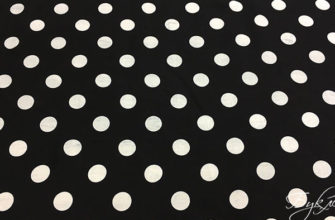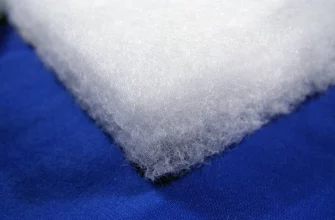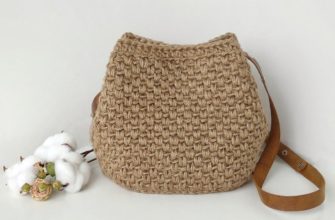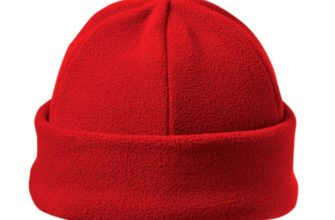Cowhide is a material obtained from adult cows or bulls. The skin of a female has a more attractive appearance due to its strength and elasticity.
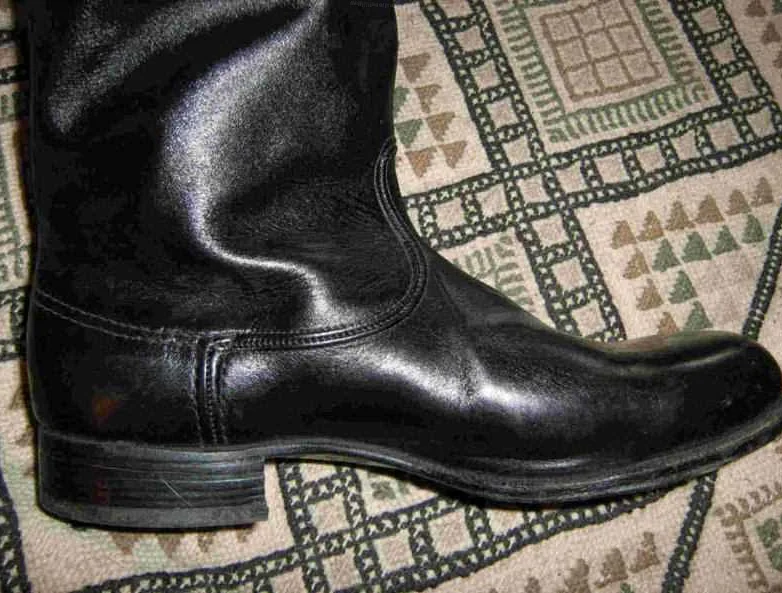
Why are boots called cowhide?
Cowhide is made from the thick hide of a cow that is at least 1.5 years old. The method of producing and processing the leather is quite painstaking.
Using chrome tanning, the skin is divided into two halves, with the lower side forming the flanks. This method is perfect for making shoes, and they can even be used without a lining.
Cowhide boots began to be actively used in the army. Cowhide products were as popular as tarpaulin boots. Because they used calfskin or young cow leather, the shoes were durable, had excellent appearance, elasticity and did not weigh down the gait.
What are the advantages of boots made from cowhide:
- Warm and comfortable. Due to its durability and thick leather, such footwear does not release body heat at all and does not allow cold air to leak through. Such characteristics make the boots universal and suitable for the fierce Russian winter.
- They do not get wet. Cowhide boots do not allow moisture to get inside the product. Due to the tightly sewn sole and the thick skin of the animal itself. Basically, shoes made of such material are made with a high bootleg up to the knee. Such boots are used for fishing, hunting, and the army.
- Thick sole. As a rule, the sole is made of rubber or leather. This allows the foot not to freeze on the cold ground, as if raising the foot.
Important! Cowhide boots have a long service life and wear resistance. These features distinguish them from tarpaulin boots, which is why military special services choose the option of cowhide footwear for employees.
What other synonyms for the name exist?
Yuft, yukhta or Russian leather are several names for the same cowhide or cowhide. What is this cowhide or what does it represent?
Yuft is quite similar to cowhide. After all, the processing technology is the same for both materials - tanning. They use the skin of horses, pigs and cattle. This material is soft, but at the same time durable and waterproof. The example of boots shows the appearance of yuft in the finished product.
Basically, black yuft is used in large quantities to make various types of footwear. But, white and red yuft are sometimes launched into production. This is a higher quality material.
Accordingly, yuft and barley leather can be considered synonyms.
Please note! To increase the heat resistance of leather, treatment with aqueous polymer dispersions is used. This characteristic significantly increases the quality of the product and increases its price.
History of the appearance of leather
Cowhide leather what it is became known even during the existence of Rus'. The method of processing and sewing a completely new type of footwear came to Rus' from the Turkic nomads. For them, such footwear was commonplace and was used for horse riding.
During the existence of Rus, such footwear was an element of the nobility's clothing. There was no gender distinction in wearing shoes, so both men and women could wear high boots. This was accepted during the Baroque period.
The boots looked like this:
- The material used was predominantly yuft;
- high shaft with side slits for easy pulling on;
- Rings were sewn into the bootleg, threaded through them, to form folds.
Features of leather production
It is processed and formed by tanning the skin of an animal.
Tanning is a method of processing, due to physical and chemical processes. The animal skin is pre-soaked in reagents and passed through drums that beat the material. All particles of substances combine and form soft but strong skin. Products after tanning.
List of properties that the material has after going through all stages of processing:
- maximum heat and water resistance is acquired;
- increases resistance to damage and wear;
- the material becomes homogeneous and smooth;
- softness increases, but strength remains.
Important! This method of processing is the most economical, with a high return rate. It works according to the following principle: the minimum amount of funds spent, to obtain the maximum result.
Organic substances (fats and aldehydes) and mineral substances (chromium and aluminum) are used for processing.
The softness of the skin is achieved by breaking down the chemical composition of the skin into a finer structure.
Material Features
Water resistance and repellency are guaranteed by decreasing spruce tannins and increasing willow tannins. Also, adding fat, approximately 23-25%, guarantees an increase in water-repellent properties. The picture shows the tanning process.
To reduce the chemical impact on the material, the leather is treated with various reagents.
The material is dyed during tanning. The dyes are driven into the leather and sealed. Then they are covered with gloss and sealed. The inner side remains in its original dyed form.
With the advent of new chemical technologies, another method of tanning with an extensive chemical composition appeared - chrome zirconium syntan. This method is characterized by placing the skin of an animal in a metal bath, which is treated with potassium alum with the addition of sodium chloride. By creating a chemical reaction, the reagents increase the water resistance of the material.
In Russia, there is a standard of properties that all manufacturers of cowhide footwear must follow.
Cowhide is most often used for boot shafts. With such elasticity and durability, it is quite popular among military personnel. Due to the high percentage of fat in the composition, it protects soldiers from getting their feet wet and retains internal heat.
In the everyday world, designers use cowhide to create women's and men's boots. At the latest fashion shows of famous brands, you can see that they use large boots for everyday looks. The younger generation buys such shoes because of their practicality, conciseness, lightness (not counting the rough sole) and the ability to retain heat in the winter. The pricing policy is significantly overstated for such products.
The footwear is also used in large enterprises and workshops. Due to the high shaft, water resistance and chemical resistance, it perfectly protects personnel from burns and prevents feet from sweating and perspiring in the footwear. The sole is lined with a metal plate for grounding. In rooms with a large amount of water, rubber bands are stuffed onto the sole.
Gas station workers also prefer to buy boots made of cowhide material. They prevent feet from coming into contact with gasoline, and in winter they keep warm.
All airport workers who are connected with airplanes wear boots or shoes made of cowhide. They have a metal plate on the sole to ground a person.
Not only shoes, but also many other products are made from cowhide. Here is a list of products and such material:
- interior items and furniture;
- wallets, purses, bags - items that can be worn for a long time;
- sandals;
- military equipment, hunting (various types of holsters, suspenders, pens);
- products for equestrian sports.
Advantages and disadvantages
Products made from genuine animal skin have both advantages and significant disadvantages. List of advantages:
- elasticity, softness, strength;
- increased protection properties against irritants and wear;
- excellent external data.
- cost-effectiveness. Generally, cowhide products have an affordable price on the market.
Everything has its drawbacks, and products made from such affordable material are no exception:
- complex chemical compositions sometimes leave behind contaminants that are difficult to remove from the product;
- breathability. In hot periods, such shoes can be completely uncomfortable. Body heat is retained and does not allow the foot to breathe properly;
- Direct contact with fire may cause deformation or damage to the top layer of the coating. The leather will not be as shiny and may crack;
- Allergic reactions. Many people may not be able to tolerate certain chemicals used in the processing of the product.
The use of cowhide in the everyday world greatly simplifies life and work processes. Long before the advent of modern processing systems, the material was already used by our ancestors in everyday wear.
Cowhide what is it? The advantages and disadvantages of use are described above. Attractive price, minimal wear, durability and water resistance - makes genuine leather an indispensable element of any person's wardrobe.

